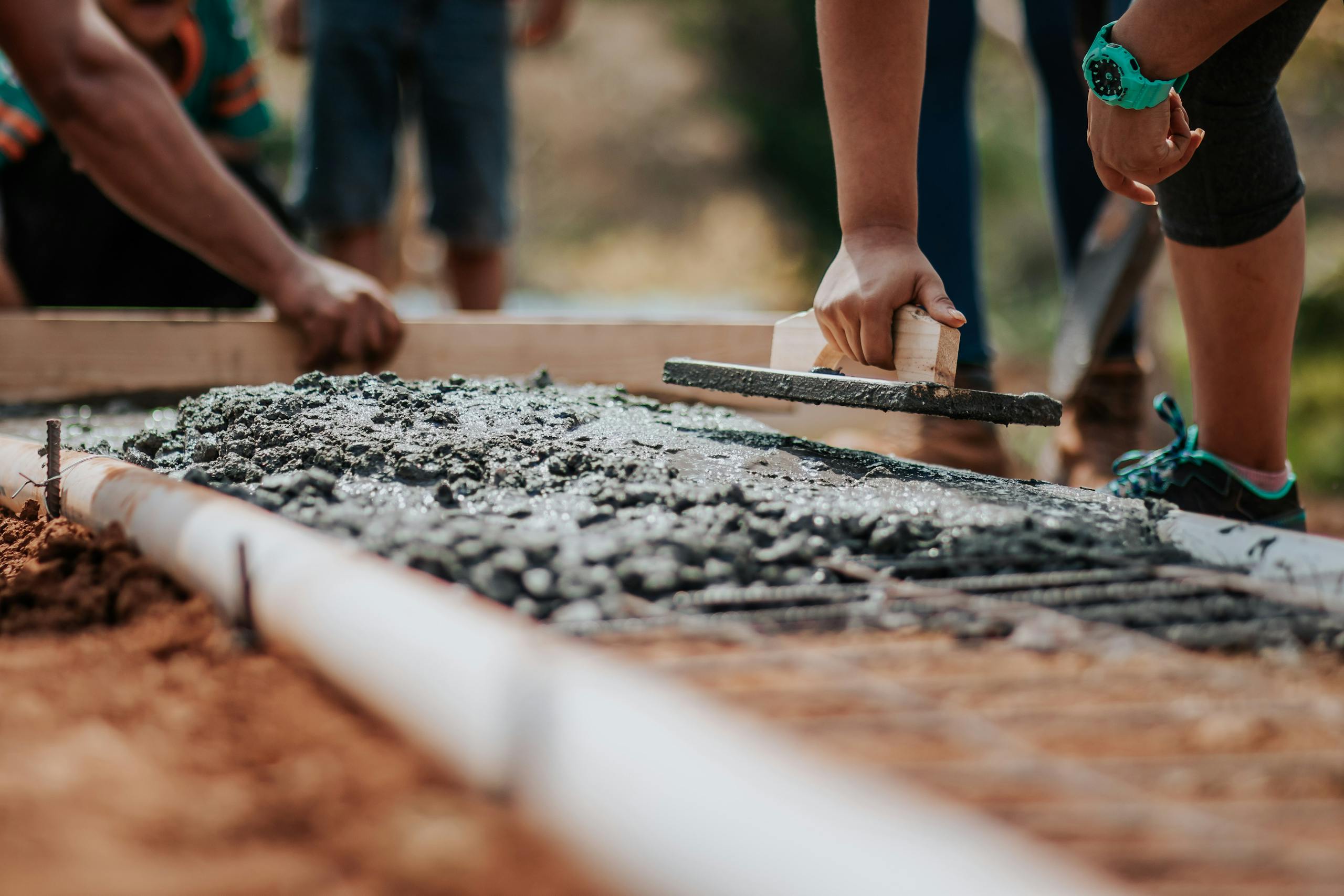Making the Most of Your Construction Materials

In any line of work, you want to make your money stretch as far as it can go. How exactly you go about doing this is naturally going to vary based on what you’re working with, but when you’re in construction, your attention may turn to the materials that you use throughout your operations.
When done successfully, this not only means that you’re getting as much value as possible out of your purchases, but it also means that you’re finding creative ways of being resourceful – doing as much as possible with less.
Stone
When it comes to examples of raw materials like concrete or stone, being able to find purposes for them regardless of what size or form they’re in can be exactly what makes them so versatile. As a result of that, these kinds of materials are likely to be mainstays of many different constructions sites. That might mean that you want to have a way of breaking their size down so that you can fit their purposes to whatever needs you have at the time. There are many different types of tools that can help you to do this, but for the sake of efficiency, you might want to do some research into impact crushers for sale, allowing you access to the right machinery without needing to rework your budget entirely.
Wood and Timber
When it comes to many materials – such as timber – you might also want to be conscious of how its use can have an ecological impact. That might add an extra incentive as to why to make your stocks of it stretch as far as possible – therefore minimizing the negative impact that your business is having on the environment. Understanding the specifics of how your own timber use might be furthering these kinds of detrimental impacts can help to point you towards solutions.
It’s also valuable to understand what you’re looking for when you mean ‘making it last longer’ – do you mean the stocks, or the wood itself? If the latter, then you might turn your attention to treated forms of wood that are more resilient to decay or damage via insects, diminishing the need for you to replace them regularly.
Soil
Again, when it comes to soil, you might find that the question shifts to be less about making the reserves of it that you have stretch further, and more about how you can improve the quality of it so that it has a more positive impact on your projects. You might want to consider how you can mulch or prepare the soil beforehand so that it contributes to a quality construction project, as using just any old soil might mean that it isn’t fit for the purpose that you’d intended for it. Once again, if you understand the exact purpose that you had in mind for your soil, you can begin to become aware of the various risks associated with poor soil quality in that area, meaning you’re in a better position to be informed of the routes to take.







